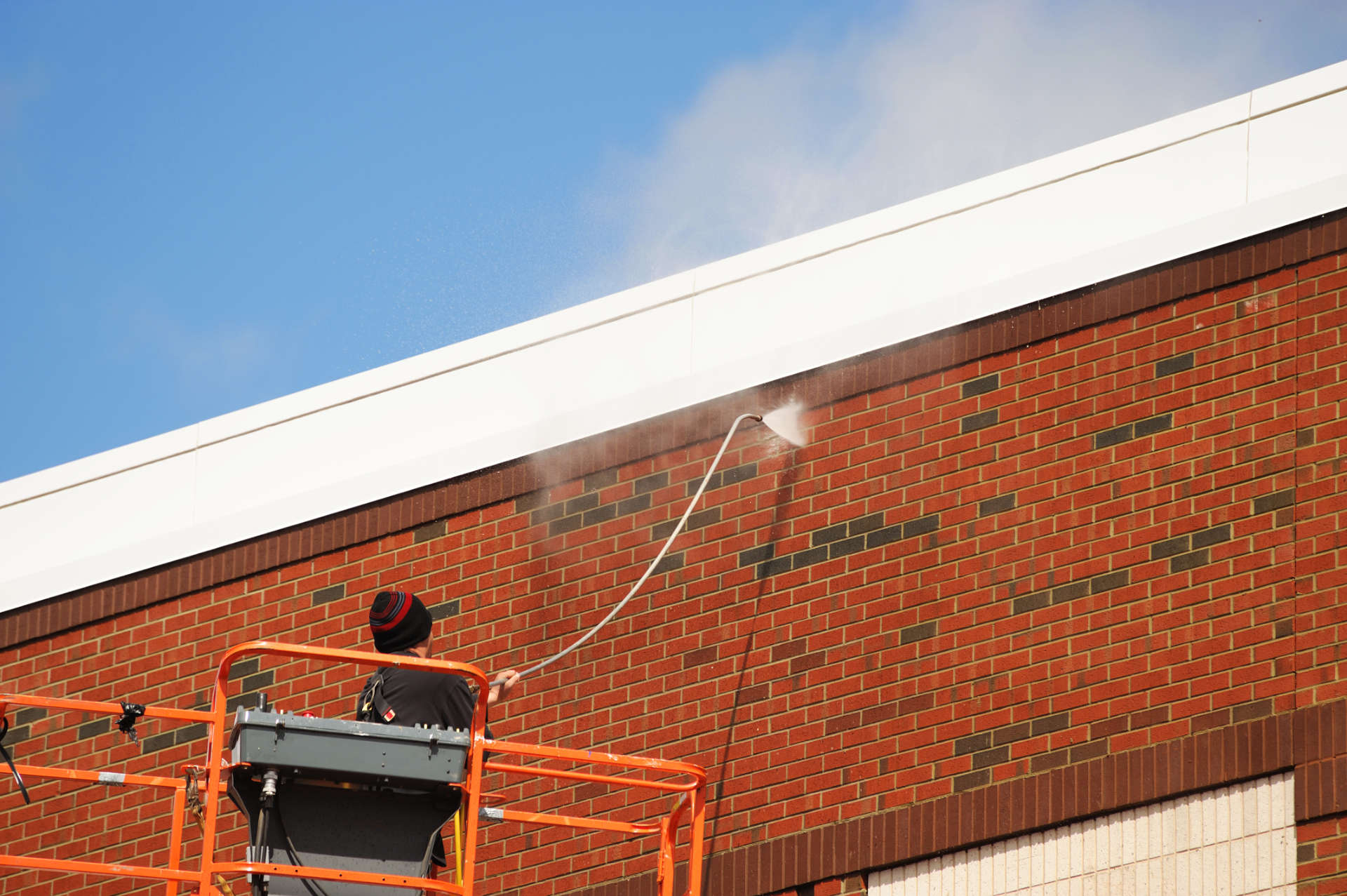Do you have dull, dirty or even blackish-green looking bricks? Has it been impossible for you to get rid of that look? You might have tried to pressure wash it yourself without any luck. Luckily, in this post we’ll explain to you why this happens, the sources of pollutants, and what we do to keep your bricks and tuckpointing in optimal condition.
Types Of Pollutants
Brick is often contaminated by two different agents. The first one is atmospheric, and it mostly consists of carbon and lead. These elements build up slowly, and it usually takes some time for you to notice them. Unfortunately, once you are able to notice them, they are also some of the most difficult to remove.
The second pollutant agent is biological, consisting of mold, mildew, pollen, etc. This kind is easier to remove, but it also tends to come back faster than atmospheric contamination. When the conditions are favorable for these agents to spread, you’ll be able to notice them in a year. This is true for areas that are shady or damp, where leaves or other vegetation are continuously decomposing, usually the north or east sides of your home or establishment, or any place with shade and moisture.
Brick Cleaning Facts
To adequately clean your bricks, you need to find the right combination of cleansing agent, agitation and temperature. Finding this combination requires successfully identifying the type of brick formations, and the degree of pollution. Expert tuckpointing contractors use a careful approach when assessing these elements.
Nine times out of ten, we will be using a steam pressure washer capable of achieving 240º of heat. Chances are you don’t have one of these expensive devices at home, which will make it impossible for you to get rid of the pollutants, even if you got the other two steps right. That’s the reason why this process won’t work for the average person, or even tuckpointing companies without proper training and equipment. If you are ready to have shiny bricks, call us today and get your free estimate.






